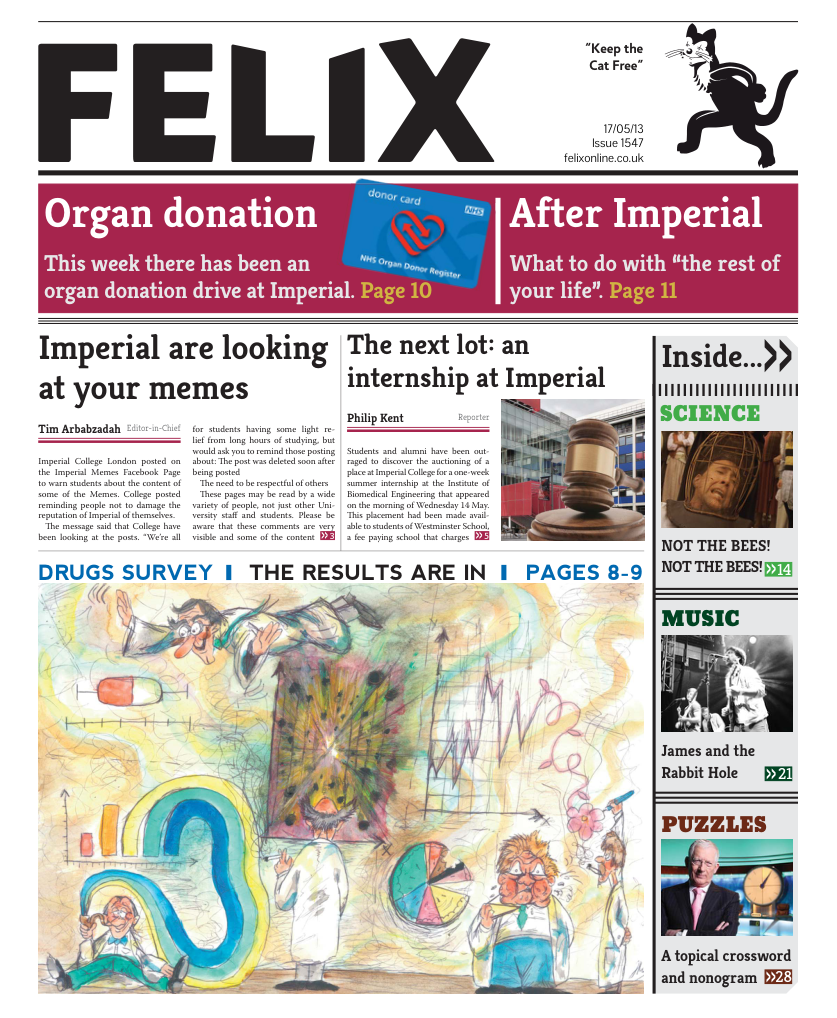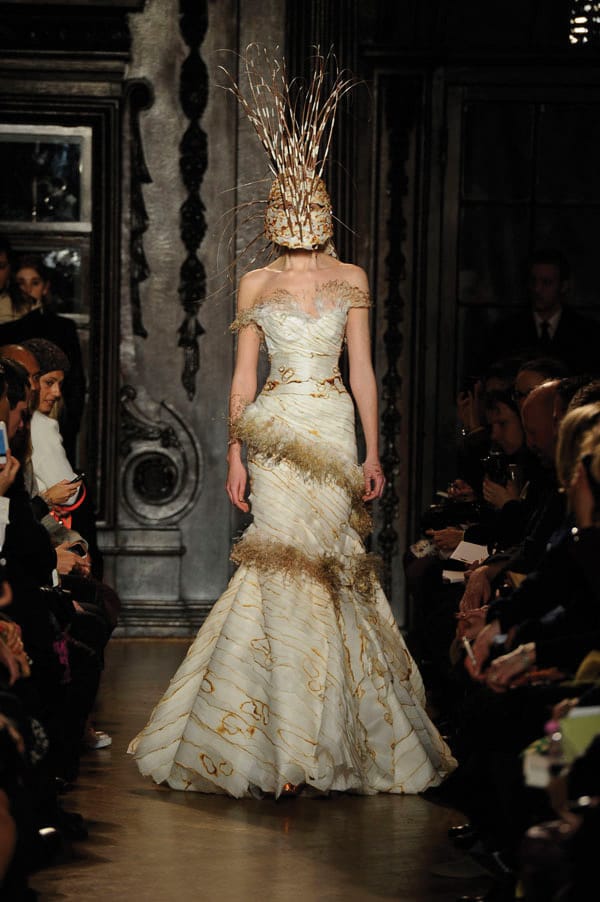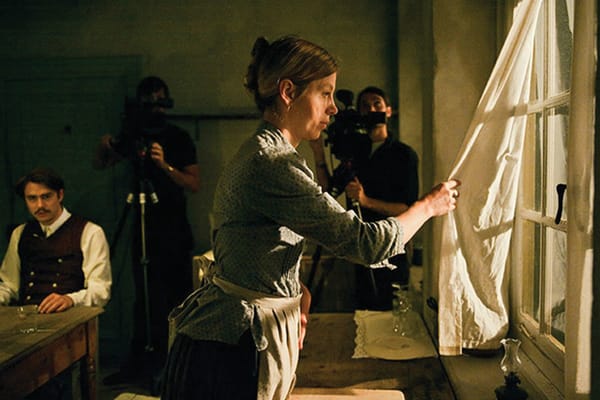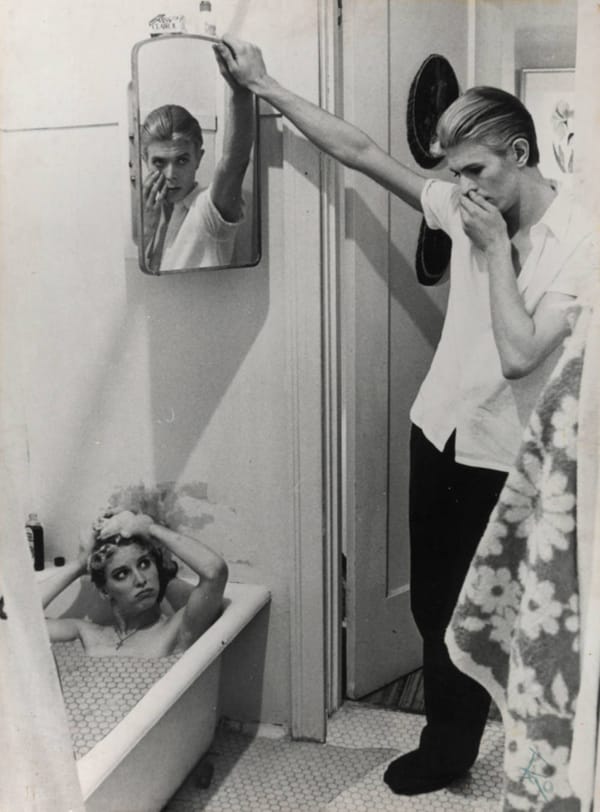La neuro vague
The title is a reference to Nouvelle Vague, I think. For more information on niche references, email arts.felix@imperial.ac.uk
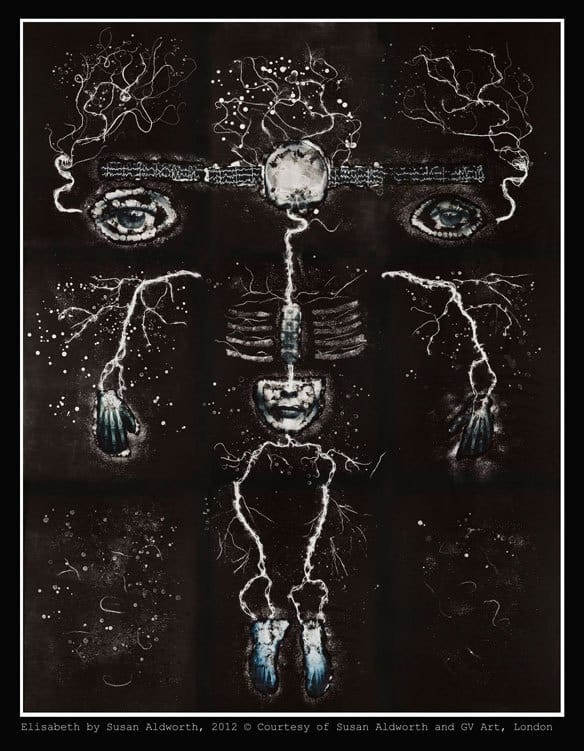
Art which tackles melange with science has been explored previously in these pages. However these clashes still remain few and far between. Science as inspiration for intriguing pieces, using art as a medium to explore the significance of science or portray its beauty has great potential and is not yet as appreciated as it could be.
One artist bringing these themes to the forefront is Susan Aldworth. She is known for her art-neuroscience mash-ups and has even worked with Imperial neuroscientists involved in the Parkinson’s Brain Tissue Bank. Currently on display at the National Portrait Gallery is The Portrait Anatomised, three prints which invite viewers to think about the concept of the self and the brain.
The portraits are of no ordinary subjects. They are sufferers of epilepsy, a condition where excessive electrical activity in the brain has serious impacts on daily life. It is not something tobe stigmatised, frowned down upon, or shunned. The exhibition doesn’t shy away from this aspect; instead, it displays epilepsy for what it is. It defines the subjects and their personality. We are invited to consider this and to question in what way our brain defines us.
Elisabeth is a young mother. She is also a portrait inspired by 17th century Evelyn tables on which dissected whole-body blood vessels are glued. Using images from body scans, Elisabeth’s stark white skeleton is laid bare on a black background.
Her portrait isn’t anatomised, but rather her anatomy is portrait-ised. Wide eyes gaze into the world, this world reflects back to the viewer and we stare back.
Elisabeth’s face forms her womb, representing the struggle she faced when considering how to become pregnant whilst dealing with her epilepsy and deciding whether or not tocome off the medication, which could harm her unborn child.
If her head is a metaphor for her preoccupations, are our brains a metaphor for our minds? In neuroscience, they are one and the same, but on a human level this isn’t the simplest thing to accept. Adjacent to Elisabeth sits Max. The first thing that strikes the viewer is a photo of his face, eyes closed it seems to speak of relief, pain, contemplation, all or neither of those things. We are prompted to decide, white on black and particularly striking.
Aldworth wanted us to feel as though we are diving into space – the matter that makes up the subjects and ourselves.
This is particularly thought-provoking when viewers follow the swirling white patterns, perhaps dendrites which allow brain cells to communicate along great distances. They create a kind of confusion which is exacerbated by the irregular anatomy of hisbody parts. It reminds us of how the mind and body affect each other, and how a disease of the former is the same as a disease of the latter.
The swirls then link the canvas to the exterior world; I’d really like to believe they are the dendrites which allow our brain cells to connect with what is external to us.
“I always like my work to look like it has just landed on the page and is about to move off, so electricity [used by brain cells to communicate] provided me with a wonderful subject matter because it is transitory. It moves with the moment,” explains Aldworth.
The third portrait is of Fiona. Just like the other two, her huge eyes bear down, but unlike the others, her heart sits in between them. Ancient idioms about listening to hearts vs. heads come to mind. Where her hands should be, Fiona’s ears form a creepy eye-to-ear piercing gaze, locked with the viewer’s. It is as though we are trying to see what she hears by looking at her portrait, and in this way it seems as though her epilepsy affects how she perceives herself alongside how we perceive her.
All portraits also feature each subject’s electroencephalogram (EEG) readings. These are basically readings of brainwaves, and are the way in which epilepsy is detected and diagnosed. When a seizure occurs the electrical activity of a huge number of brain cells synchronise when they should not and activity becomes large enough to be detected by the EEG. Though brainwaves carry information, thoughts cannot be decoded from them. In this way, the beautiful patterns, displayed in the heart of the picture, hold so much personal information yet tell us nothing about who the subjects really are.
“The portraits seem to reference the self, but they don’t really, and I think in my work I’m playing with that and trying to give you a look inside the subjects but in the end it is still just an anatomical experience. And their secrets are still really contained within themselves.”

